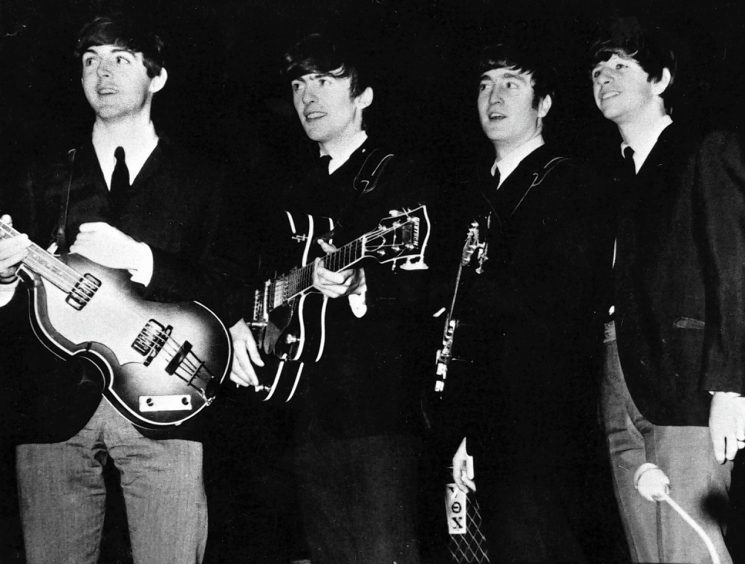
They soared across the universe and delivered the message that all you need is love on their magical mystery tour of the Swinging Sixties.
But 60 years ago this week, John, Paul, George and Ringo found themselves in a hole they couldn’t fix and it happened during their only concert in Aberdeen.
Some in the crowd claimed the evening was the opposite of Beatlemania. Indeed, a few members of the audience started departing early at a far-from-packed Beach Ballroom, as the Liverpool musicians moved towards the end of their performance.
‘I didn’t think we were that bad’
It was reported that a number of young women left their seats and went to collect their coats, as the prelude to making a quick exit to catch their bus.
But their actions sparked a plaintive response from one of the people on stage with John Lennon blurting into the microphone: “C’mon, I didn’t think we were that bad.”
That was the first and last time that the Fab Four, the group who transformed the music scene and left their indelible imprint on it, performed in the Granite City during an event billed in the P&J as “The Johnny Scott Band Show featuring The Beatles”.
Yet while Lennon and McCartney and their colleagues, George Harrison and Ringo Starr, have been immortalised in music history, it’s easy to forget that the band had to pay their dues as youngsters, often in front of minute audiences who had still to be convinced these lads were the shiny future of pop and rock.
There were no easy dates at the start
From the moment that Please Please Me was released on January 11 and stormed to the top of the charts in 1963, they produced hit after hit, memory after memory: Yesterday, Hey Jude, Let It Be, She Loves You, Eleanor Rigby, Here Comes the Sun, Strawberry Fields Forever, I Want to Hold Your Hand, A Day in the Life… the list goes on and on.
And yet, they only reached the stratosphere after embarking on difficult tours of their homeland in front of audiences who often preferred skiffle and ceilidh bands.
Their schedule encompassed all manner of little gigs in small communities and, in January 1963, they played in Elgin and Dingwall before finishing in Aberdeen.
Music author Richard Houghton delved into their world, both before and after they became famous, and amassed the anecdotes of more than 400 people who encountered the Mersey group on their journey from The Quarrymen through to their thrilling early appearances at the Cavern Club in Liverpool and their emergence as global behemoths.
They were the ‘Love Me Do Boys’
Yet he has unearthed plenty of evidence that they were met with derision and incomprehension in some places and elicited a frosty response in the north of Scotland where they were billed as the “Love Me Do Boys”.
They were often the third or fourth names on the concert posters, and were paid with £10 here, £15 there, offset against petrol and lodgings in basic B&Bs. But they persevered. And there are many fans, who were then in their teens and are now 65 or 70 – or older – who have never forgotten their first trysts with the group.
Perhaps that’s because the Liverpudlians strutted their stuff in the most unlikely places. Imagine watching them in a hard-nosed dockers’ bar. Or in near-empty miners’ welfare halls or fishermen’s missions. But they went wherever they were booked.
They thought about packing it in
As Richard said: “Some people think they just went into the studio and started recording hits. But nothing could be further from the truth. They actually spent years on the road, learning their trade, and playing to all different kinds of audience.”
There were times when they contemplated throwing in the towel and finding “proper” jobs. But mercifully, they persevered and eventually gained their reward.
The wind beneath his Wings: How Scotland inspired Paul McCartney after The Beatles split
Scotland loomed large on their schedule as they strove to break into the charts. So it’s hardly surprising Richard tracked down north-east voices who saw The Beatles.
On January 3, they performed a gig in Elgin, which wasn’t a sell-out. Yet Adeline Reid will never forget the experience, nor her meeting with Lennon at his cheekiest.
This was John at his cheekiest
As she recalled: “I was a student nurse, training at Dr Gray’s Hospital in Elgin. I lived in a boarding house not far from the Two Red Shoes Ballroom.
“The landlady was very genteel, she was aloof and did not tolerate bad manners. We were her girls. Next door was another boarding house whose owners were friends of Albert Bonici, the owner of the Two Red Shoes.
“All the artists who appeared at the ballroom stayed there and it was an exciting time.
“And then along came The Beatles and, seemingly, their appearance at the Two Red Shoes did not go down too well. My friend Joan and I were unable to get tickets, which were 4/6 – about 23p in modern money and quite an expense in these days.
“However, when I was about to go to hospital for work the next day, The Beatles were hanging out of the window next door. I could have reached out and touched them.
“Their personalities were cheeky and outrageous and not what we were used to at all. I thought they were fun. John Lennon asked me to take his pulse.
“And my face went the colour of a tomato. Our landlady suddenly appeared, who proceeded to reprimand them for their cheek. She did not approve of them talking to her girls in such a shocking manner. But, there again, you can just imagine the chat at the hospital – and especially, a few weeks later, when the Beatles became famous!”
‘It didn’t really appeal to me’
Fraser Gow was just 18 years old when he saw the band at the Town Hall in Dingwall on January 4 in 1963, but he was part of a very small crowd.
He said: “I worked for the Milk Marketing Board. I had another two mates with me that day. One was James Burgess. He had muscular dystrophy and he was in a wheelchair. And the other was James Gordon.
“The venue was the local town hall in Dingwall itself, and there was an upstairs and downstairs. We always went up the road to what they called the Pavilion in Strathpeffer and we thought: ‘We’ll go and see what these guys are like’.
“I reckon there were about 20 of us there in total. It was pretty empty. They were quite a loud band and, in such a big empty hall, it was probably making it worse. There was more echo than anything else. They were a bit of a rock band and we looked at one another and said: ‘Och no, we can’t be bothered with this’.
“I think they cut their losses and stopped playing. The people behind us got their money back. And then, a few weeks later, they were the ‘in thing’.
Billy preferred The Melotones
Billy Shanks was just 17 when he trotted along to that Dingwall gig and joined what has become known as the “19 Club”, representing the number of attendees.
He said: “They weren’t very well known at the time. I didn’t know anything about them. It didn’t register that they had recorded ‘Love Me Do’ which went to No 1 in the charts.
“And when I went in the door to go upstairs, the doorman said: ‘Before you pay, go up and have a listen’. And I looked in the door and thought: ‘No, it’s not my type of music.’ I walked out and went to the local village hall five miles away to hear The Melotones.
John Lennon had Scotland in his heart and Durness inspired a Beatles classic
“I’m afraid that I wasn’t a very good judge of music, because about three months later, they were worldwide famous and they helped changed the face of music. The 19 people that did stay (at the Dingwall event) still talk about it to this day.”
But some people were blown away
These words reflect the negative impression which The Beatles made on sceptical listeners in these early sojourns as they strove to create their own identity.
And then you come to the aficionados who attended the Fab Four’s only gig at the iconic Beach Ballroom on January 6, 1963. Once again, they weren’t the headline act and there were even reports that some of the crowd booed them.
The majority loved it, though, including a young Norman Shearer, who was in a local band The Facells. As he said: “The concert was terrific, but not for all of the audience. There are still silly rumours that they were booed off the stage, but that is nonsense.
“They were well received by the bulk of the listeners, and I still have a very clear picture in my mind of John Lennon standing on the stage with his guitar slung square across his body belting out Johnny B Goode and Roll Over Beethoven.
“My impression was that they were great. My mate, Ian, was also there, sitting with his girlfriend near the front. He remembers that they finished with Love Me Do and then the curtains were supposed to close.
“But they didn’t, so the band repeated the song while Paul was urging the technician to close the curtains. But they finished and still they didn’t close, so they sang it again and this time – success! It was an extraordinary night, one that I will never forget.”
From scruffs to superstars
Elsewhere at the venue, Liz Wilson was also luxuriating in a once-in-a-lifetime event in the Granite City. As she said: “I remember it being a freezing night and my friends and I were huddling in the entrance, waiting for the doors to open.
“While we were queuing, four scruffy-looking guys approached us to enter. The door was locked, but they were really nice and I loved listening to their funny accents.
“We spoke to them while waiting for the attendants to unlock the door and we found out they were the act for the evening. So we chatted excitedly about meeting the guys, wondering if they were going to be any good.
‘We thought they were wonderful’
“Little did we know what we were about to witness. When they came on stage, wow, what a transformation! Gone were the four scruffy guys and there stood the Beatles, wearing cute suits with their identical haircuts.
“They were utterly wonderful. The sound and the vocals was something I will never forget. And I got the chance to meet them. I just wish I had got their autographs.”
It was another time, another place. The shock of the new colliding with those who preferred a fiddle and accordion and were resistant to cries for Help.
But these setbacks only made them tougher. The Beatles believed in themselves and they were right. And that confidence changed the music world forever.
Further information about Richard Houghton’s books can be found at:
https://richardmhoughton.com/
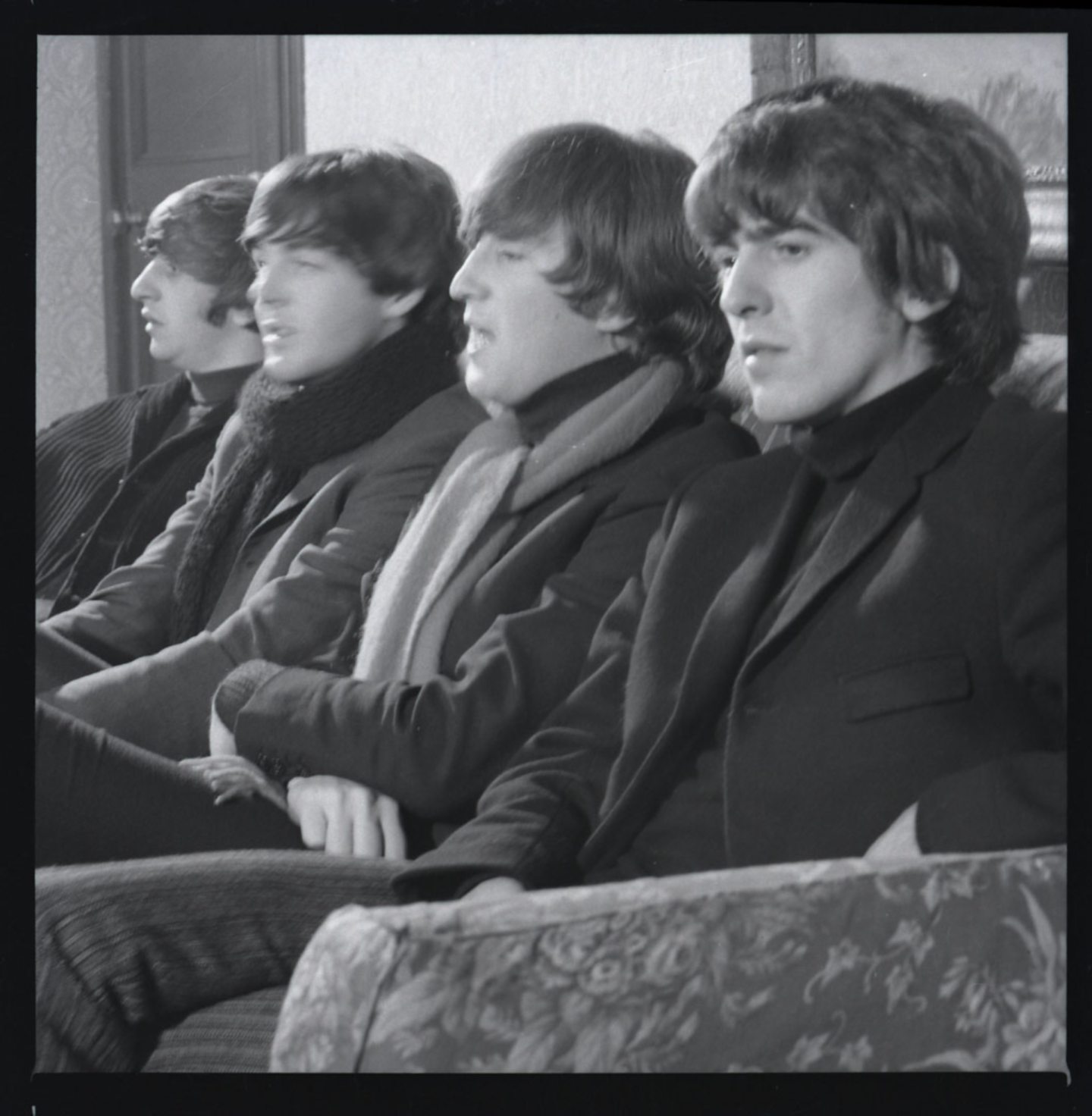
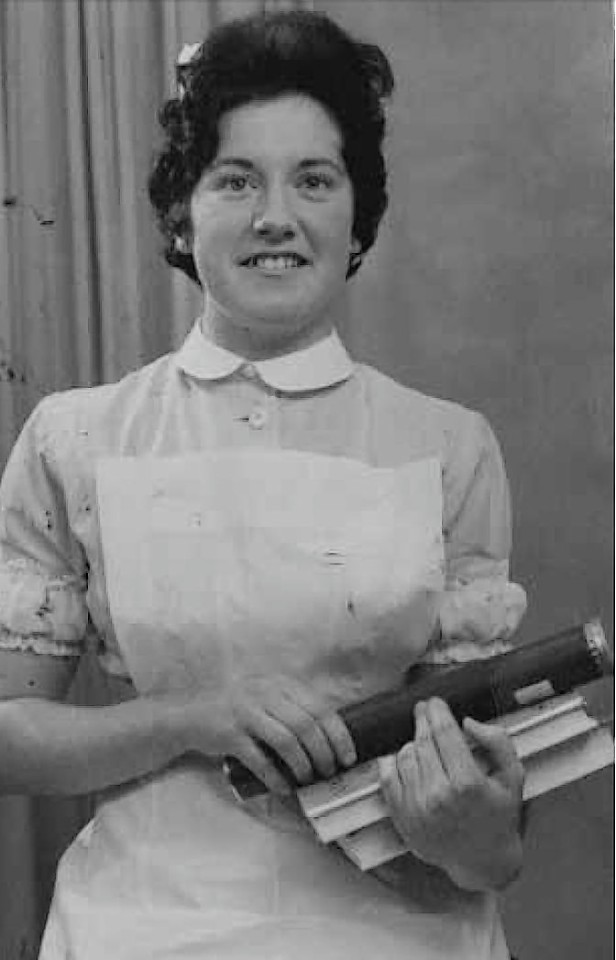
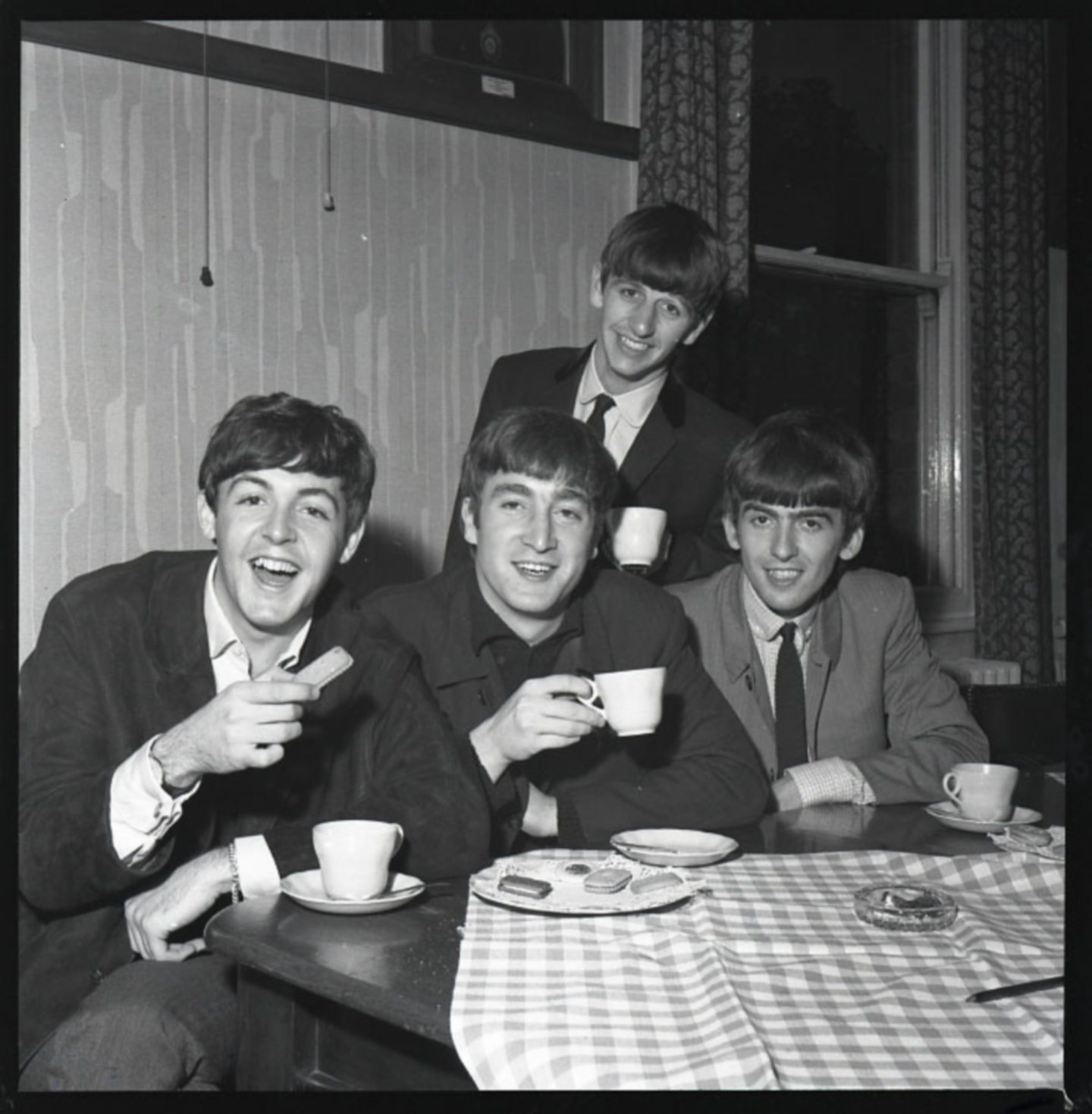
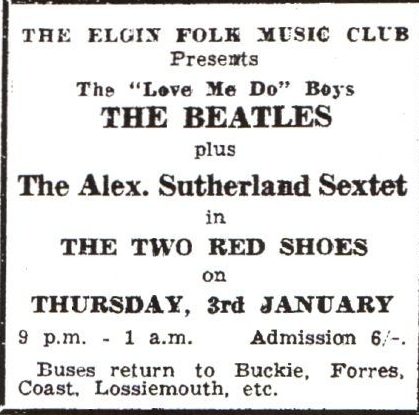
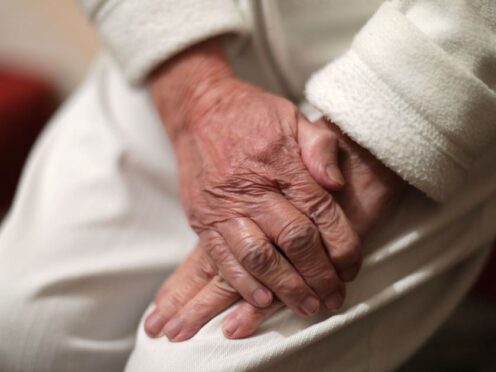
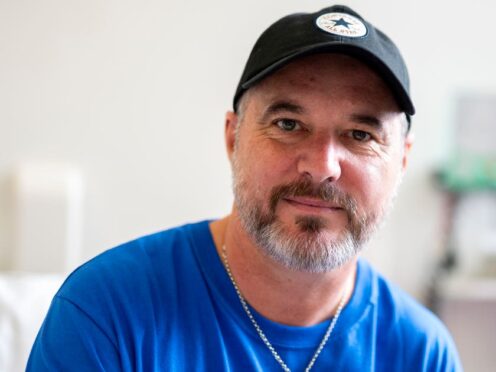
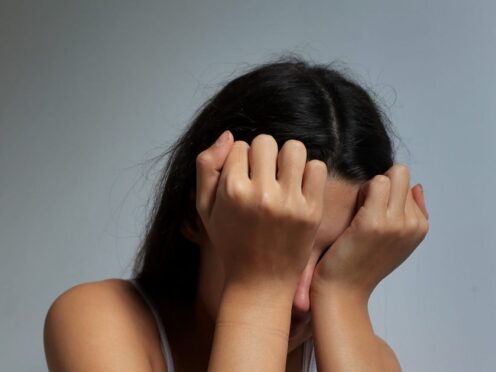
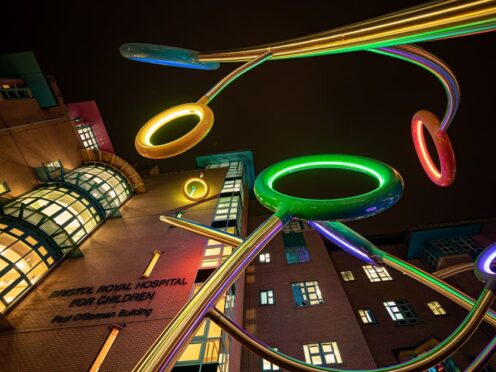
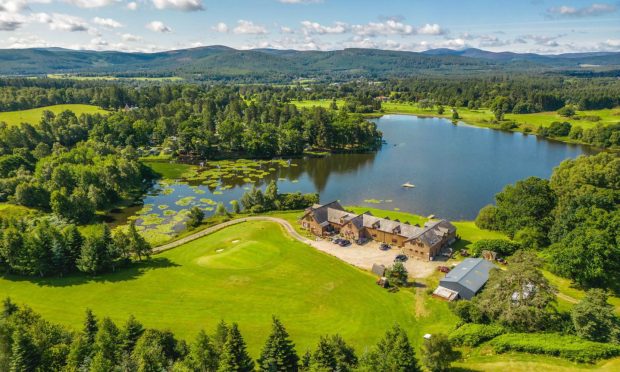
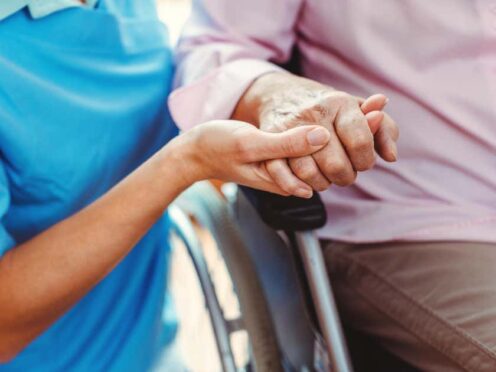

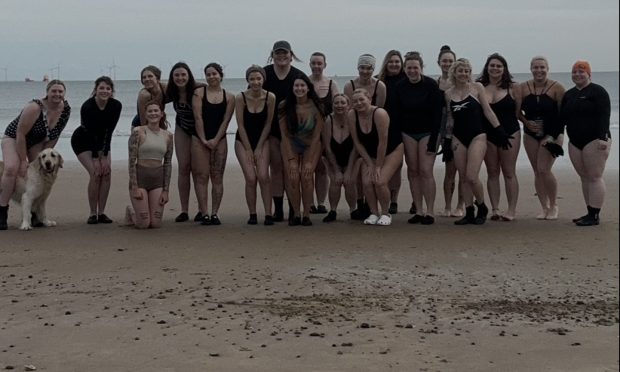
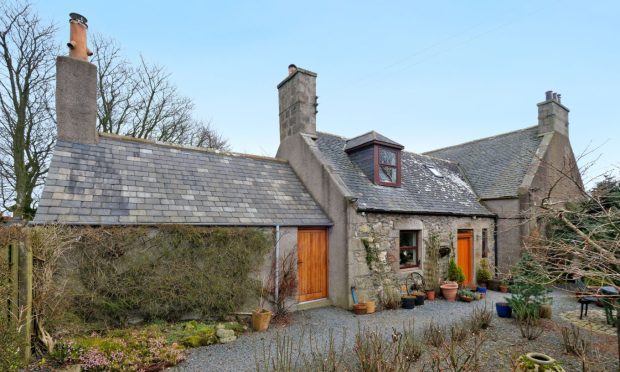

Conversation